I’ve loved animals from a young age. Growing up, I had a variety of pocket pets, but what I really wanted as I grew older was a dog. After finally wearing down my mother, we adopted one. For awhile I was scared that it was hard to have a dog without any experience and I wouldn’t know how to handle one.
Well, like anything, there’s a learning curve. Now that I’m well past confident enough about taking in fosters, I’ve fostered a few. This is what I’ve learned.
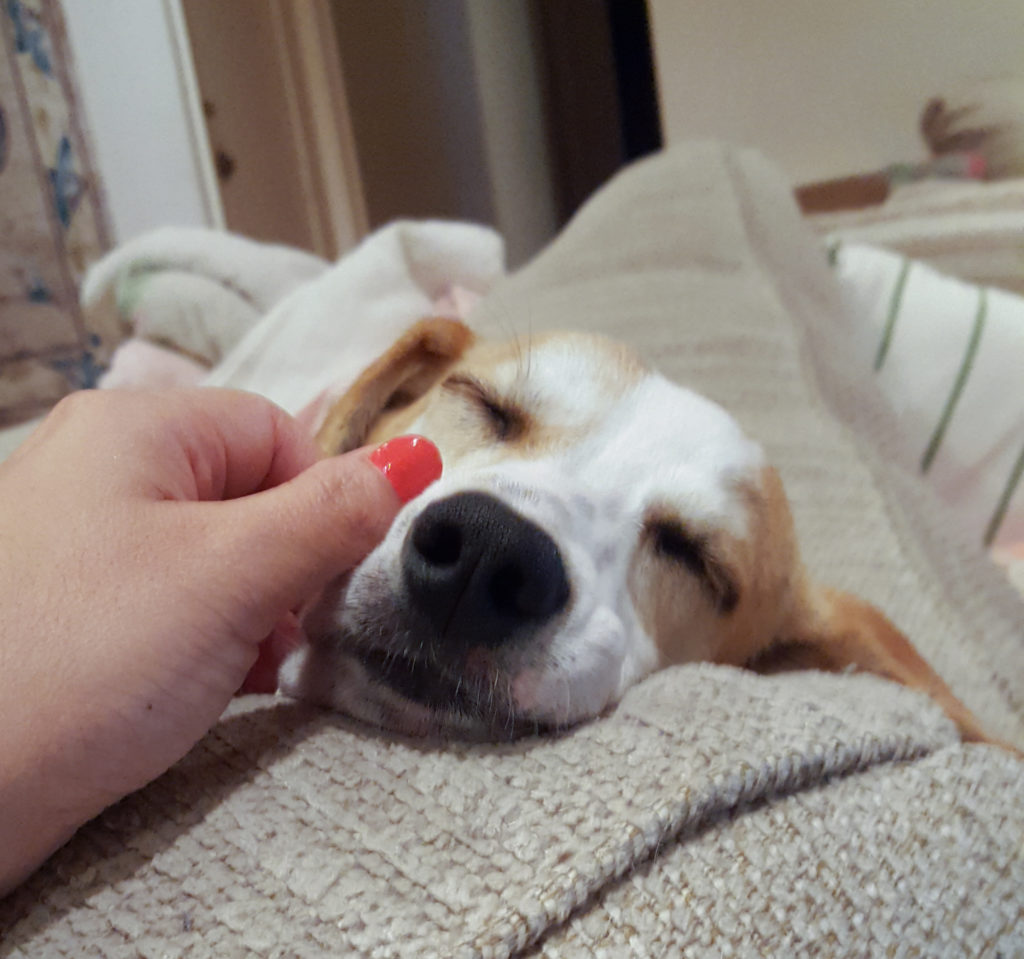
1. You never really know what to expect
Typically you’ll pick a rescue group to work with. Sometimes they’ll let you select a dog, and other times you’re there on an as-needed basis and may not have many details about the dog before it arrives.
A lot of foster-only organizations (i.e. not shelters or humane societies) seem to pull dogs from other counties – or even other countries! I’ve seen rescue groups and shelters transport dogs from as far as Mexico, Belize, Taiwan and even South Korea. Not only are these pups surviving very long trips (not to mention the jet lag!) their human rescuers are potentially dealing with language barriers (between the humans, that is) and may not have a lot of details about the pups arriving.
So when you find yourself not knowing what size, breed, or sex you’re gonna get – just be prepared to be prepared!
2. It’s a crash course in sales and marketing
Adopting a dog is an emotional experience. It’s a huge commitment – you could potentially have it anywhere from 10-18 years depending on its size. Potential adopters often have a number of concerns and want to know as much as they can about the dog to make sure that it’s a good fit. It’s also pretty common that they may feel uncertain that they’ve chosen the right dog or have second thoughts.
Anyone who’s had a dog knows that the perfect dog does not exist. Some are certainly better trained than others, but aside from making sure that the fundamentals are compatible – how much attention and exercise the dog will get, for example – it’s your job as a foster to highlight the dog’s best qualities without skimming over the more challenging aspects of its personality. It would be heartbreaking for your rescue pup to find a new home, only to be returned. Your role in his success here is crucial.
Additionally, you may be the one taking photos of your dog and writing descriptions. In that sense, a good amount of your foster dog’s fate is in your hands! It’s hard to say exactly what draws an adopter to a dog, but good photos can’t hurt. One of my adopters did mention she was looking for a very calm, mellow dog, which aligned heavily with the description I wrote for a foster. I’d like to believe that helped pique her interest. Now they’re living very happily together!
Puppies practically advertise themselves, but not every dog has the luxury of looking 8 weeks old again. Give your dog a head start in looking for a home! Let your friends, family and coworkers know about your dog on social media.
If they’re fully vaccinated and old enough, take them to the dog park and let the other doggie parents know that your charming foster dog is looking for a new family. You never really know what a dog is like until you meet it. Getting your dog out and about in the world is a great way to spread the word!
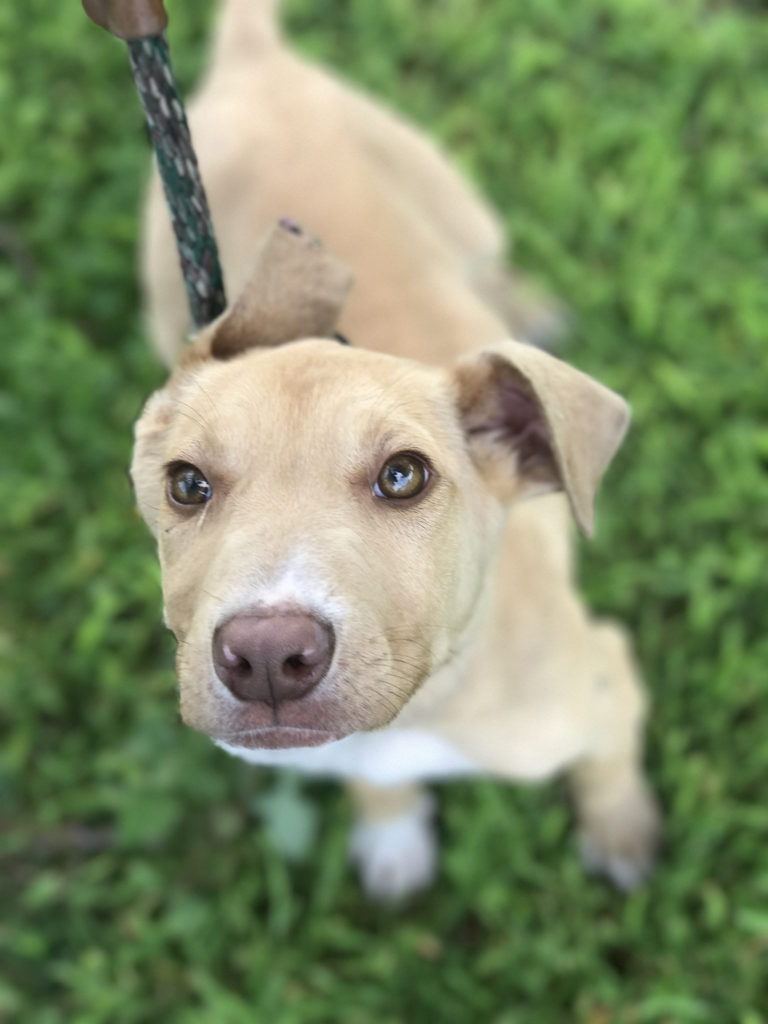
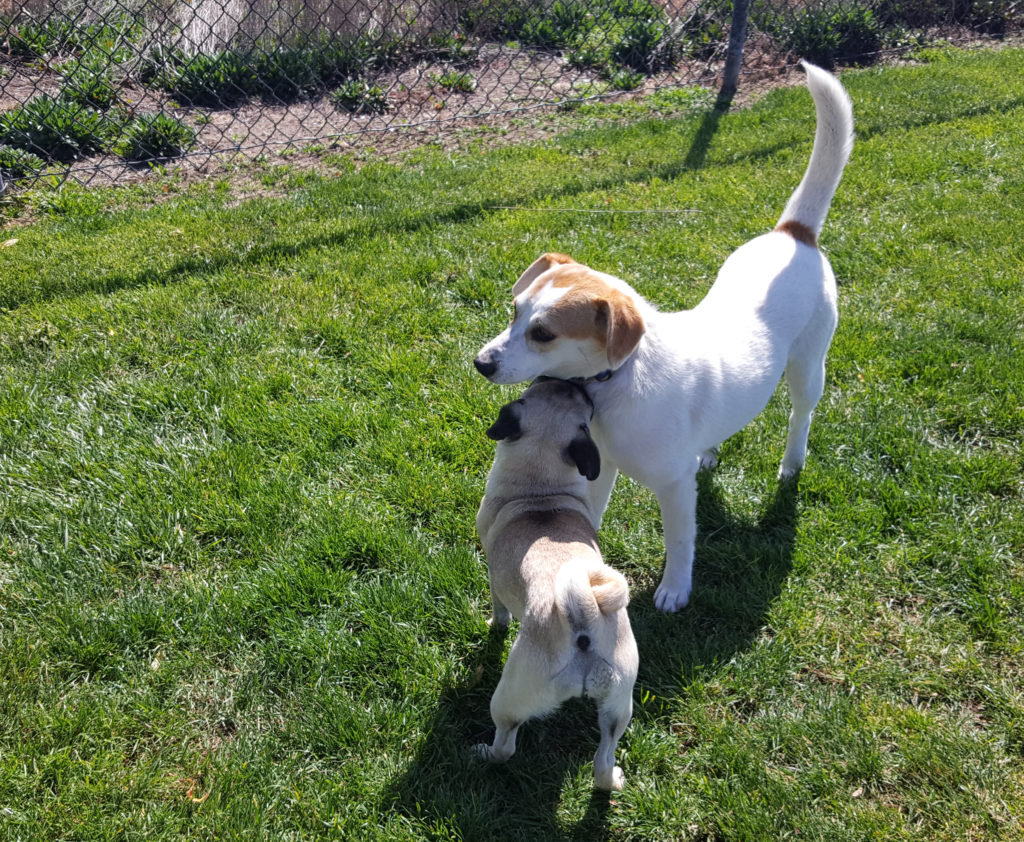
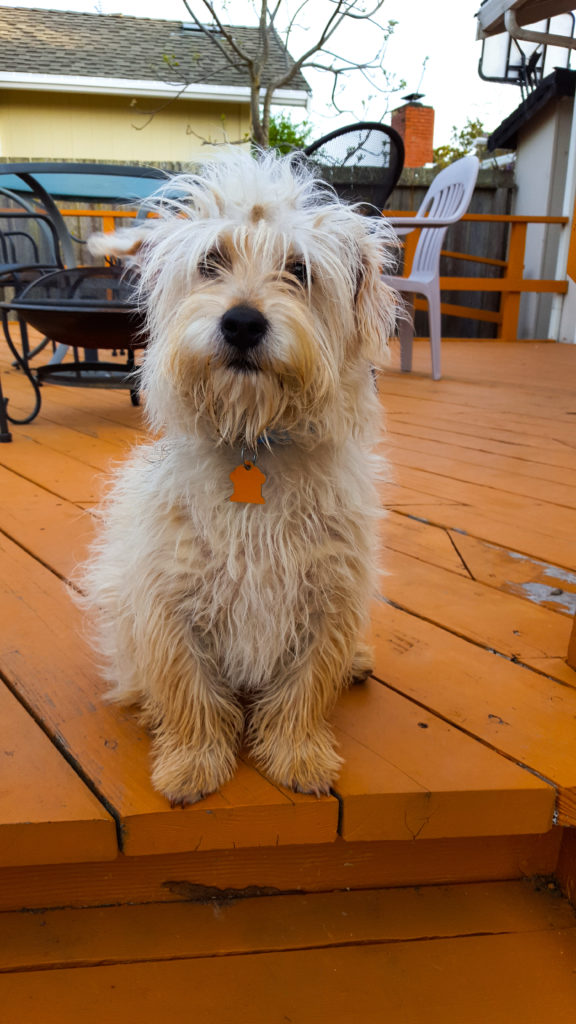
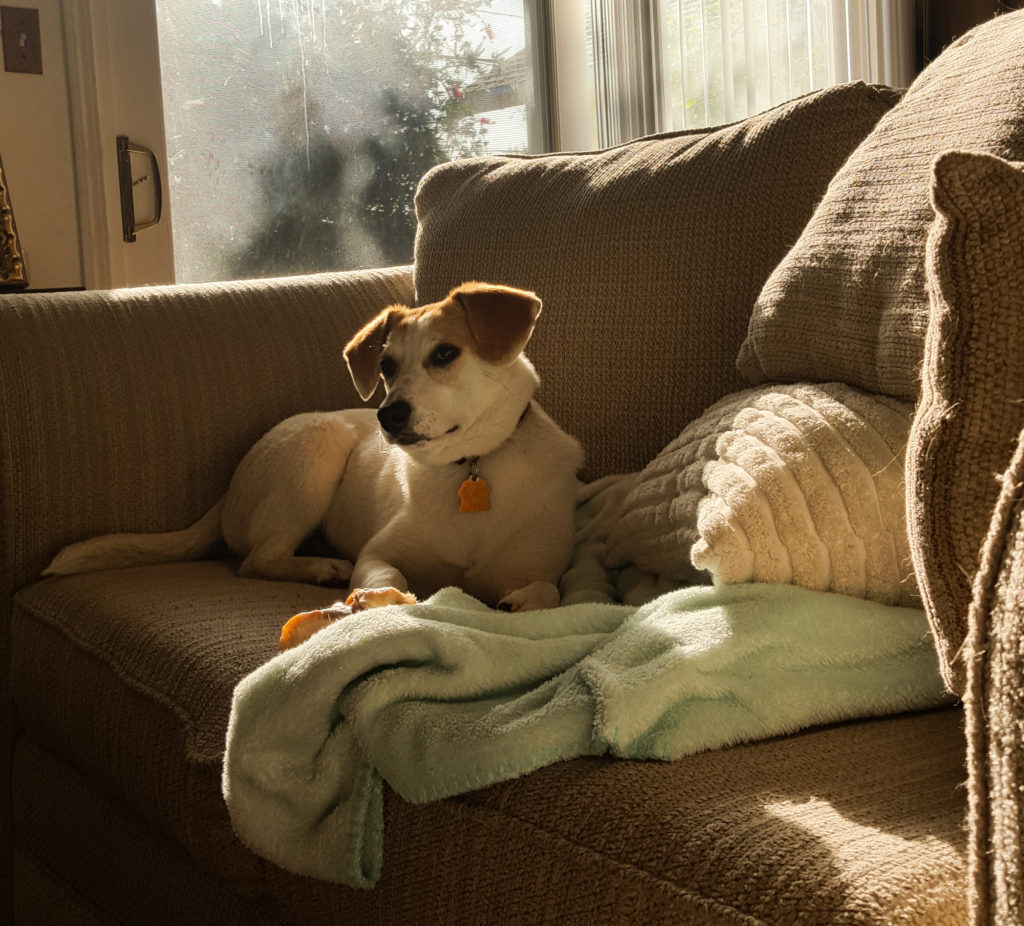
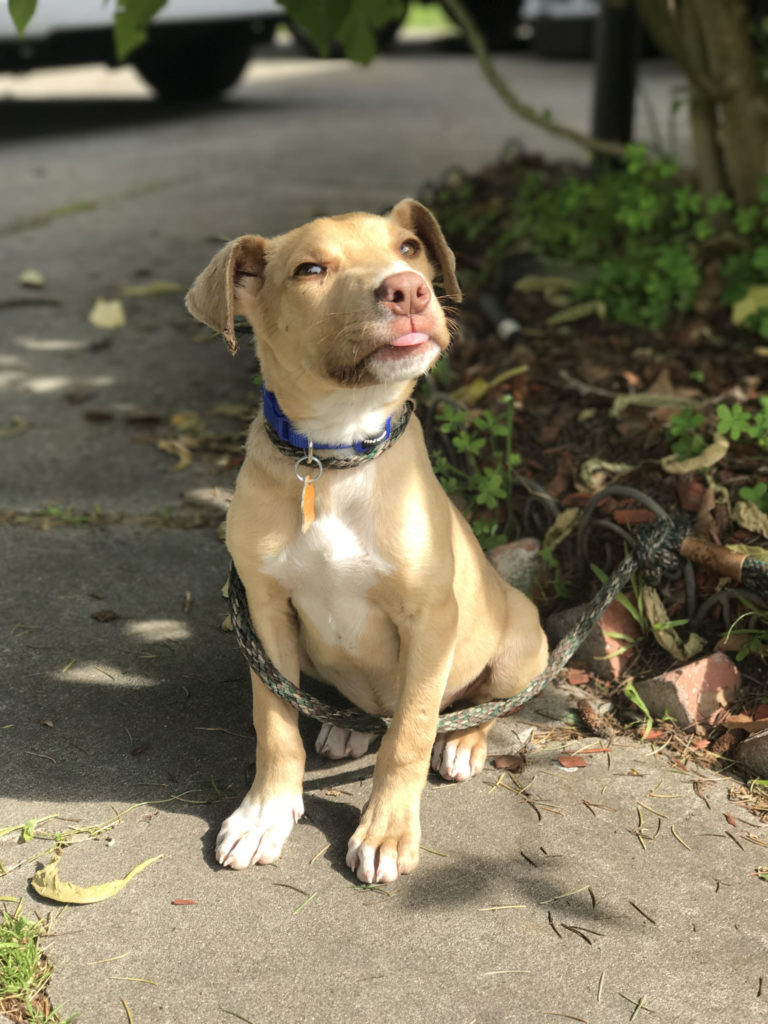
3. You’re helping a dog in more ways than a place to crash
With one of my fosters, I figured he’d know a few things at the age of 10 months. As it turned out, he’d never had a home and had little notion of what it was like to be a domestic dog. I had to pluck at least 20 ticks off him, give him dewormer and coccidia medication, crate train him, house train him and start to teach him commands using treats.
It was more work than I expected, but the flipside was the rewarding feeling that I got when he learned to relax. The first night I had him, he was extremely territorial and possessive about his food and water. I realized it was because he had lived his life so far not knowing when he would eat again. After a few days, he realized his food situation was stable. His fear of being locked in a crate began to melt and he started going in willingly – without barking afterward. He picked up the “sit” command quickly and began to seek out cuddle sessions.
By the time his adopters-to-be arrived, he was running back and forth between them to deliver kisses. Lots of love is in the job description!
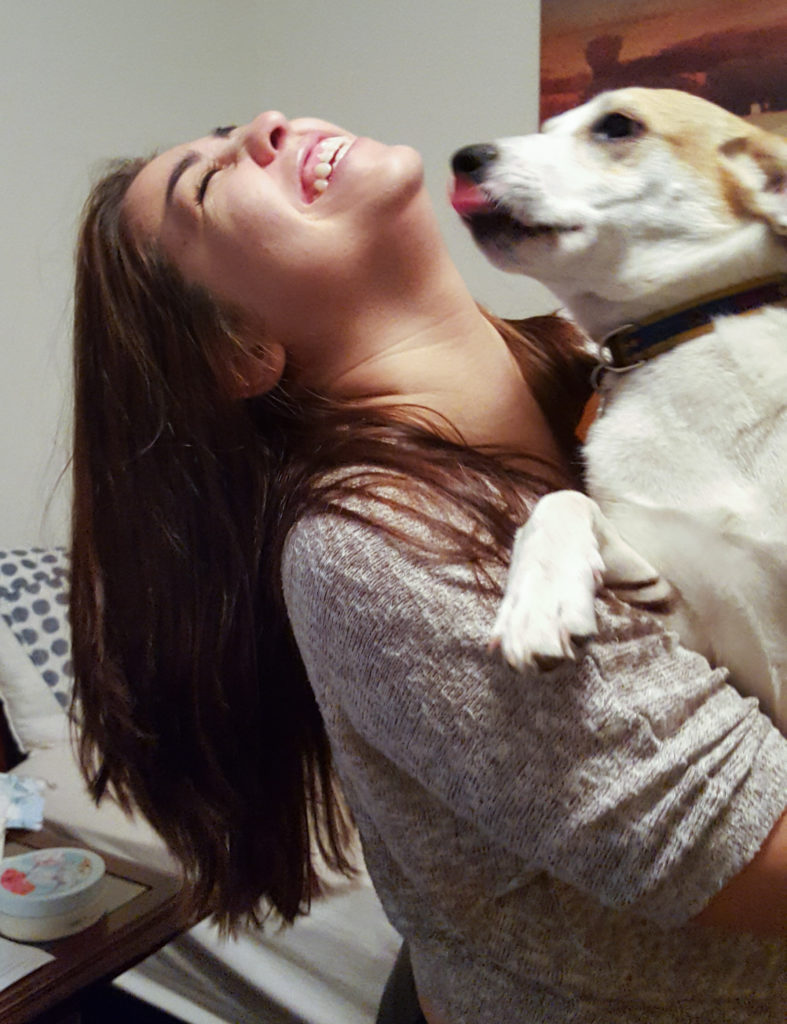
4. Helping your foster find a forever home is the best feeling
I’m not gonna lie – as happy as I was to see my foster walk out the door with a brand new pink leash and a 10-year-old to play with, I did feel a bit of emptiness the rest of that day. Dogs wouldn’t be dogs if they didn’t leave a heck of an impression.
But after all the go-betweens with potential adopters, driving her to her vet appointments, training her and playing with her, it was nice to know that I was the bridge to a better life for her. Now she’ll get to live out the rest of her days in a yard with a companion dog, and she’ll get to be a girl’s best friend.
5. You’ll never forget your fosters
Some people may wonder why someone would want to foster dogs instead of just getting one of their own. Well, obviously I was incredibly attached to my resident dog, but fosters definitely get their own little nook in your memory, too. I remember all the dogs I’ve fostered, even if I just had them for a few days – Cece, Schmidt, Diesel, Benji, Goldie and Sadie.
Sure, I wish I could get a pupdate and know how things turned out for them, but Google hasn’t quite built that feature yet. You can’t Facebook stalk a dog! All you can really do is know that you helped your foster get from Point A to a better Point B and call it a day.
That said, there is something incredibly bittersweet about having to say “Have a nice life…”
Aww this is the sweetest post! I’m not sure if we could ever foster a dog but when my son is a bit older we’re definitely considering adopting one.
Aw, thank you for reading Nicole! Dogs are one of my favorite things about life on this planet. Your son will be so happy when that special day comes!